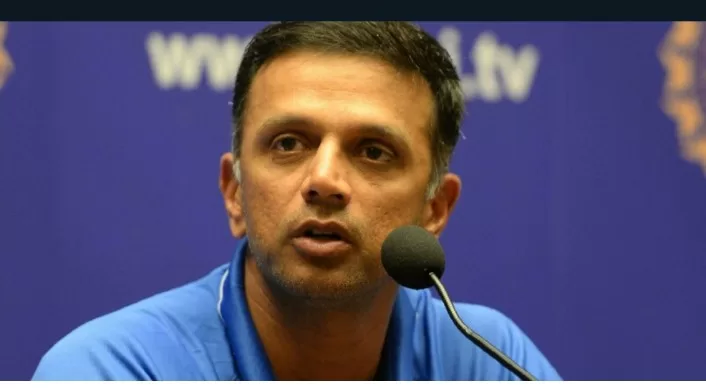Excessive moisture saturating the cricket field at the upcoming Cricket World Cup has added an intriguing dimension to the highly-anticipated One Day International (ODI) tournament, according to India’s esteemed coach, Rahul Dravid.
Scheduled to commence next Thursday, the 50-over competition will span across ten cities, with the majority of its 48 matches set as day-night encounters. In India, this arrangement typically translates to heightened humidity on the field after sunset, resulting in a damp ball that poses challenges for gripping.
Rahul Dravid, reflecting on India’s recent 66-run loss to Australia in their final ODI fixture in Rajkot, remarked, “India is a vast country with numerous venues, so it’s challenging to predict a consistent pattern of dew. Each venue and each day will present unique conditions. Dew is one of the most unpredictable factors in cricket.”
The presence of dew primarily impacts bowlers and fielders as day-night matches progress, leading most team captains to opt for bowling first after winning the coin toss. However, the extent to which dew will influence proceedings remains inherently uncertain.
Dravid, a former captain of the Indian cricket team, shared his experience of playing on fields that were saturated with moisture the day before a match, only to transform into dry surfaces by game time.
“As the tournament unfolds, certain venues may witness the dew factor, while others may remain unaffected. This unpredictability will undoubtedly add an extra layer of intrigue to the competition,” the 50-year-old affirmed.
India, presently holding the top ranking across all formats, will embark on their World Cup journey with a clash against Australia on October 8, followed by the much-anticipated encounter with arch-rivals Pakistan. Preceding these critical matches, the team will partake in two warm-up fixtures, commencing with a match against England in Guwahati on September 30.
By AFP







